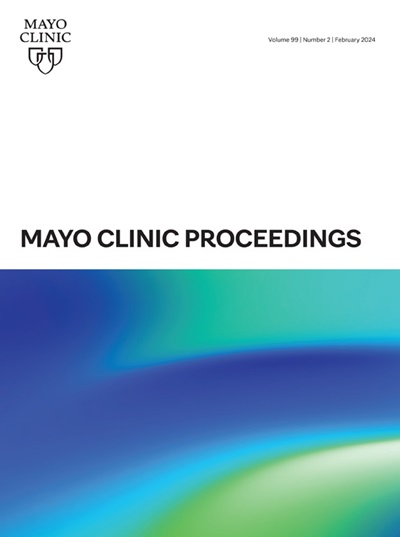Maternal Sepsis Review and Update
IF 6.7
2区 医学
Q1 MEDICINE, GENERAL & INTERNAL
引用次数: 0
Abstract
Maternal sepsis rates are increasing and now rank as the second leading cause of preventable maternal mortality. The Centers for Medicare and Medicaid Services (CMS) has responded to this trend through the Severe Sepsis/Septic Shock Management Bundle (SEP-1) initiative, which aims to improve sepsis care and will be integrated into the Hospital Value-Based Purchasing program by 2026. This article provides an update on maternal sepsis definitions, screening, and management in line with recent CMS guidance. A comprehensive literature search was conducted with PubMed, Google Scholar, Scholar GPT, and Google to identify national and international guidelines on maternal sepsis. In addition, 2 focused literature searches were performed: one targeting maternal sepsis review articles and the other exploring early warning tools for maternal sepsis. Recognizing that maternal sepsis occurs in the outpatient and inpatient settings, we emphasize the need for early detection in both settings. We introduce a 3-stage screening and diagnostic framework along with a care process model for the initial management of maternal sepsis, both grounded in best practices and designed to align with CMS guidance. In addition, alternative regimens for treating peripartum infections are suggested in light of the recent Clinical and Laboratory Standards Institute updates on aminoglycosides. Strategies for managing β-lactam allergies are also explored, offering tailored treatment regimens for patients with varying allergic reactions. The article concludes by highlighting the long-term impact of sepsis and the critical need for comprehensive postdischarge follow-up to ensure optimal recovery.
产妇败血症的回顾和更新
孕产妇败血症发病率正在上升,现已成为可预防的孕产妇死亡的第二大原因。医疗保险和医疗补助服务中心(CMS)通过严重败血症/感染性休克管理捆绑计划(SEP-1)响应了这一趋势,该计划旨在改善败血症护理,并将于2026年整合到医院基于价值的采购计划中。这篇文章提供了最新的产妇败血症的定义,筛选和管理,符合最近的CMS指南。通过PubMed、b谷歌Scholar、Scholar GPT和谷歌进行了全面的文献检索,以确定国家和国际孕产妇败血症指南。此外,我们进行了2项重点文献检索:一项针对孕产妇脓毒症的综述文章,另一项针对孕产妇脓毒症的早期预警工具。认识到产妇败血症发生在门诊和住院设置,我们强调需要在这两个设置的早期发现。我们介绍了一个三阶段的筛查和诊断框架,以及产妇败血症的初始管理护理过程模型,两者都是基于最佳实践,旨在与CMS指南保持一致。此外,根据最近临床和实验室标准协会对氨基糖苷的更新,建议治疗围产期感染的替代方案。还探讨了管理β-内酰胺过敏的策略,为不同过敏反应的患者提供量身定制的治疗方案。文章最后强调了脓毒症的长期影响和出院后全面随访以确保最佳恢复的迫切需要。
本文章由计算机程序翻译,如有差异,请以英文原文为准。
求助全文
约1分钟内获得全文
求助全文
来源期刊

Mayo Clinic proceedings
医学-医学:内科
CiteScore
16.80
自引率
1.10%
发文量
383
审稿时长
37 days
期刊介绍:
Mayo Clinic Proceedings is a premier peer-reviewed clinical journal in general medicine. Sponsored by Mayo Clinic, it is one of the most widely read and highly cited scientific publications for physicians. Since 1926, Mayo Clinic Proceedings has continuously published articles that focus on clinical medicine and support the professional and educational needs of its readers. The journal welcomes submissions from authors worldwide and includes Nobel-prize-winning research in its content. With an Impact Factor of 8.9, Mayo Clinic Proceedings is ranked #20 out of 167 journals in the Medicine, General and Internal category, placing it in the top 12% of these journals. It invites manuscripts on clinical and laboratory medicine, health care policy and economics, medical education and ethics, and related topics.
 求助内容:
求助内容: 应助结果提醒方式:
应助结果提醒方式:


